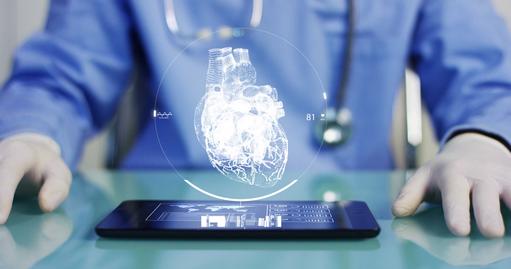Tag
“I’m sweating a lot these days. I’m losing my temper in no time. Perhaps my BP needs to be checked”!
These are common notions and you must have experienced such thoughts at some point of time or the other. BP (blood pressure) checking is one of the first steps taken by your doctor while he or she examines you for some health complaints that you have made! Before discussing the common and the lesser-known causes of abnormally high blood pressure, let’s start with what blood pressure (BP) is?
Blood pressure is the pressure exerted by the flowing blood on the walls of the arteries. The numbers look like a fraction where the ‘numerator’ figure is known as systolic pressure and the ‘denominator’ figure called the diastolic pressure. What do these numbers denote?
The systolic pressure is a higher figure and is a measure of the pressure in the arteries when the heartbeats, the diastolic one is when the heart rests in between two beats. Normal blood pressure reads – 120/80mmHg. A figure that is abnormally and consistently higher than this denotes hypertension (or high blood pressure).
Normally, a patient with high blood pressure is advised to consume fewer amounts of sugar, kept on medication, and sometimes prescribed to take low cholesterol foods (if cholesterol on the artery walls increases the pressure). However, some lesser-known factors might lead to Hypertension. They have been elucidated here in this article.
Some lesser-known causes of Hypertension
Obstructive Sleep Apnea
Years of repeated interrupted breathing causes the nervous system to release certain chemicals that consequently raises the blood pressure. Interrupted breathing also results in lesser oxygen in the body that adversely affects the blood vessel walls!
Low potassium profile
Our kidneys are responsible for maintaining a balance of sodium and potassium in our bodies. Suppose, you are on a low-salt diet and you rest assured that the blood pressure level in your body will remain unaffected. That's not the case! You could still have high blood pressure if there is an insufficient intake of fruits, veggies, fish, and dairy. Bananas, broccoli, spinach, etc. are good sources of potassium.
The use of NSAID
NSAIDs are Non-Steroidal Anti-Inflammatory Drugs such as Ibuprofen and other pain killers used in large quantities and over longer periods often damages kidney functioning. Like I already said, your kidneys are responsible for maintaining the sodium balance. This balance keeps the functioning of the blood vessels intact. When the balance is disrupted some amount of vasoconstriction could possibly raise the BP of your body.
Anxiety or the “doctor’s chamber” effect
A rise of up to 10 points for systolic and 5 points for diastolic pressure is a common phenomenon when the patient is inside the doctor’s chamber and is being examined. This is simply due to the anxiety that makes the blood run faster through the vessels. This raises both the pulse and the BP!
The use of decongestants
Decongestants squeeze the blood vessels. When the same amount of blood has to pass through a narrower passage, blood pressure is raised. Pseudoephedrine and phenylephrine are drugs that are responsible for such a condition. Sinus and congestion problems due to cold have other over-the-counter solutions for high BP individuals.
Dehydration
Lack of water supply to the cells of your body results in tightening up the blood vessels. That raises your BP. Why does this happen? Actually, the brain sends some signals to the pituitary gland to release certain hormones. This chemical results in the shrinking of the vessels. The kidneys release a lesser amount of pee to retain the remaining water that the body possesses. This again triggers the vessels of the heart to squeeze more!
The list is quite a long one - Overuse of antidepressants, consumption of too much sugar, and several other factors may be responsible for a raised blood pressure level!
However here is a quick read on common FAQs about Sphygmomanometers
Directory:
Tags:

|









